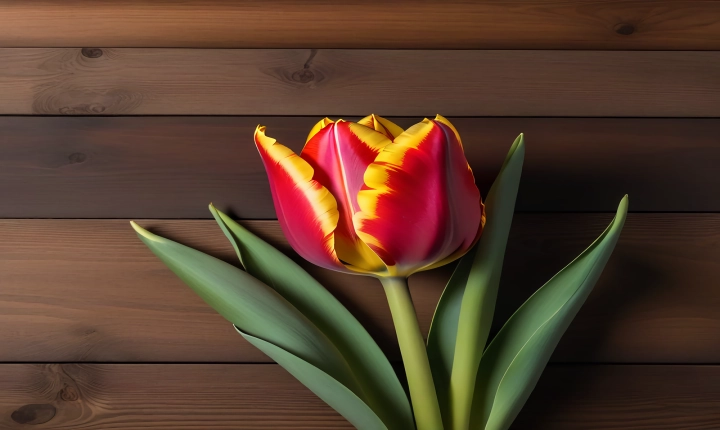Title: The Future of Photography: Generating Photos with AI
The world of photography has been revolutionized by advancements in artificial intelligence (AI). AI technology has made it possible to generate stunning, realistic photos that were once only possible through traditional photography methods. This exciting development has opened up new possibilities for photographers, designers, and enthusiasts to create compelling visuals in a more efficient and cost-effective manner.
So, how does one go about generating photos with AI? Here’s a comprehensive guide on how to harness the power of AI for photo generation.
1. Understanding AI Generative Models:
AI generative models, such as Generative Adversarial Networks (GANs) and Variational Autoencoders (VAEs), are at the forefront of photo generation. GANs, for example, operate on a dual network system, where one network generates images and the other evaluates their realism. Understanding the underlying principles of these models is crucial for effectively using them to generate photos.
2. Training Data:
Training data is the foundation for AI-generated photos. High-quality and diverse datasets are essential for training AI models to produce realistic and varied images. Whether it’s landscapes, portraits, or abstract art, the quality of the training data directly influences the generated photos’ fidelity and diversity.
3. Selecting the Right Tools and Platforms:
Several AI-powered photo generation tools and platforms are available, each with its unique features and capabilities. It’s important to explore and evaluate these options to find the one that best suits your needs. Some popular platforms for AI-generated photos include DeepArt, RunwayML, and Artbreeder.
4. Customization and Fine-Tuning:
While AI can autonomously generate photos, the ability to customize and fine-tune the output is invaluable. Many AI tools allow for manual adjustments to the generated images, enabling users to tailor the results to their specific vision. This level of control ensures that AI-generated photos align with the creator’s artistic intent.
5. Ethical Considerations:
As with any technological advancement, ethical considerations must be taken into account when generating photos with AI. Ensuring that the use of AI respects copyright laws and the consent of individuals featured in the generated images is crucial. Additionally, openly acknowledging AI-generated content as such is important for maintaining transparency and integrity in the creative process.
6. Incorporating AI-Generated Photos into Workflow:
Whether you’re a professional photographer or a digital artist, integrating AI-generated photos into your workflow can greatly enhance creativity and efficiency. AI-generated images can serve as a valuable resource for concept creation, visual prototyping, and as a starting point for further artistic exploration.
7. Embracing Collaboration and Experimentation:
The evolving nature of AI technology presents endless opportunities for collaboration and experimentation. By engaging with the AI and creative communities, individuals can exchange ideas, techniques, and best practices for generating photos with AI. Embracing a spirit of experimentation allows creators to push the boundaries of what AI-generated photos can achieve.
In conclusion, the era of AI-generated photos is upon us, offering a wealth of opportunities for creative expression and innovation. By leveraging AI generative models, training data, and powerful tools, individuals can unlock endless possibilities for producing visually compelling images. As AI continues to advance, so too will the potential for generating photos that challenge our perceptions of creativity and redefine the art of photography.
